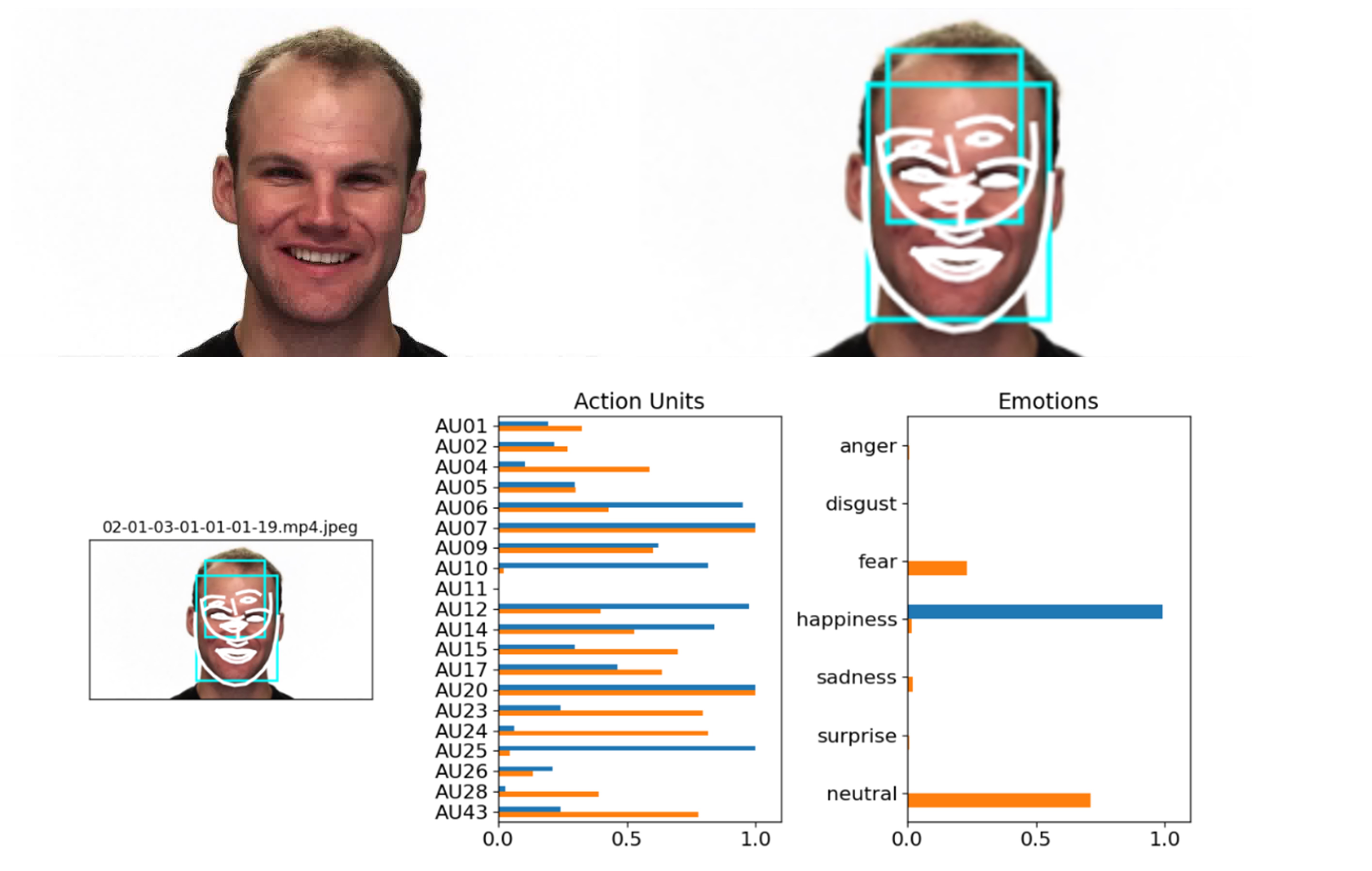Evaluating the Threat of Phantom Faces in Emotion Detection AI through Simulation
DOI:
https://doi.org/10.35566/jbds/wyman51Keywords:
Emotion Detection, Emotion Recognition, Artificial Intelligence, Distortion , Phantom Faces, Multiple FacesAbstract
Emotion detection AI is an emerging tool in the field of psychology that enables researchers to process large batches of images of human faces and obtain estimates of the emotions present within images. Some algorithms, such as Py-Feat, are even capable of detecting multiple faces within an image and providing differential estimates for each face. However, a known problem with multiple detection algorithms is that they sometimes mistakenly detect multiple faces when only a single face exists. In such cases, detection of the true face is still available to users and the false face can be ignored, but there may be artifacts of the false face within the true face that are biasing the estimation of emotions. The present study investigated whether the presence of a second face reduces the accuracy of emotion estimation in the first face. Using 1,438 images from the RAVDESS labeled emotion data set, we generated image with multiple faces under a variety of conditions (i.e., size, opacity, emotion similarity, and number of faces) and compared them against unaltered, single face versions of the images. There were meaningful differences in accuracy across between the single-face and multiple-face images, with similarity and number of faces being the most detrimental conditions for multiple-face accuracy. Findings suggest that it is highly important for researchers to remove extraneous faces within images in order to maximize the accuracy of emotion detection analysis.









